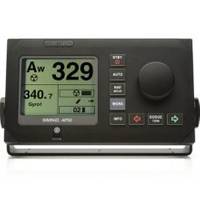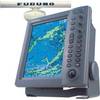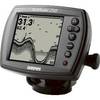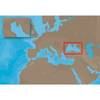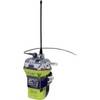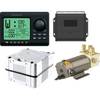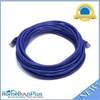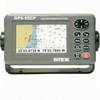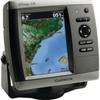AP5014 Autopilot with AP50, J50, Rudder Feedback RF300, HLD2000LD (Long Stroke, Dual Drive)
Model: AP5014 Brand: Simrad
The steering algorithms in the Simrad AP50 is the result of over 60 years of steering experience. Simrad AP50 Autopilot The special Auto Heading feature is based on experience with the offshore market. The Simrad AP50 will provide precise steering, using the least amount of rudder movements necessary. Work modes Simrads WORK mode has been taken to an even higher level in the Simrad AP50 autopilot. The Auto Work mode is an automatic steering mode to be used under operational conditions, different from those normally found when a vessel is in normal transit on a pre-set course. Examples are trawling, towing, being towed, trolling on one engine, slow speed etc. As GPS Chartplotters and Electronic Charting Systems (ECS) has become standard equipment on most vessels today, this Work feature has now been implemented in the Simrad AP50 navigation mode resulting in a Nav Work mode. Combined with a bow-thruster, navigational steering is now possible at low speeds previously considered unsuitable for autopilot use. « less
Product Specification
-
Universal Product Identifiers
Part Number: sap5014
Related Products
-
T12118 Raymaine ST70 SmartPilot X-10 Hydraulic System for
-
FR8252-6 Open Array Radar
-
Radar 5208 Package with GMR18 4KW Radome
-
Fishfinder 250 - Fishfinder - included transducer
-
EM-C102 Furuno FP Format - Black Sea & Marmara
-
ACR Globalfix iPro - Category II manual Release
-
AP2804VRF Autopilot AP28,AC42,RC42,RPU160 32222
-
Marinenav Leviathan Marine Navigation PC Computer LEV-017-AMD
-
20ft 24AWG Cat6 550mhz UTP Ethernet Bare Copper Network Cable - Purple
-
900 Series 955c - Marine Chartplotter - 8" color - 800 x 480 - widescreen
-
GPS-95CP Color Chartplotter with External GPS Antenna
-
010-00772-01 GPSMAP 526S Marine GPS Receiver
